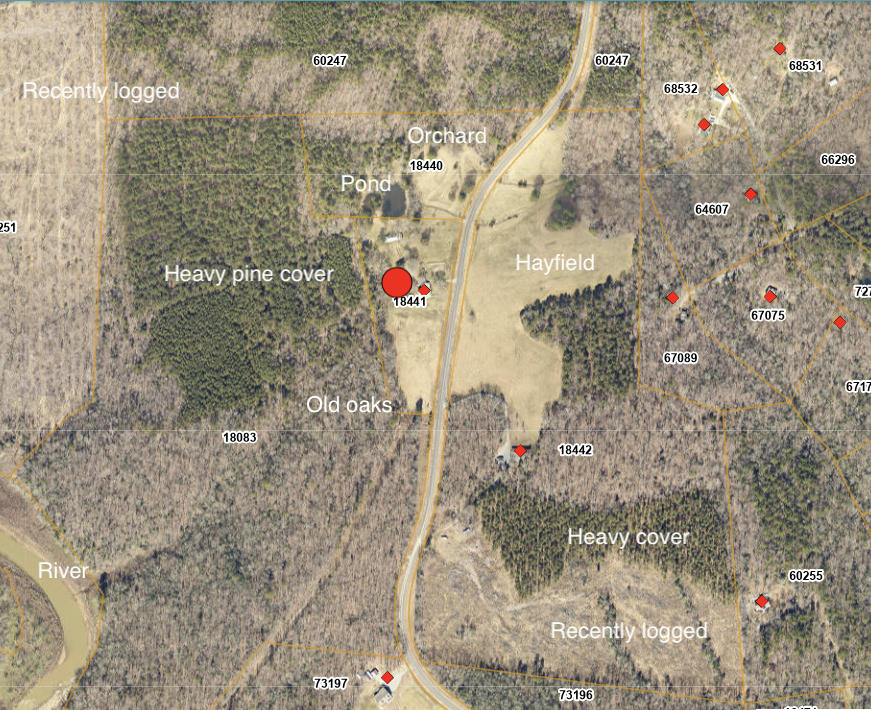Hunting and Fishing News & Blog Articles
Deer Food Plots For Beginners
If, this year, you’re deerhunting new land or want to improve the quality of your existing deer herd, food plots are an excellent way to do that. But the process begins earlier in the year than opening day. Most deerhunters only think about planting fall food plots to hunt over, but the secret is to take a longer view.
Assessing your surroundings, understanding deer movement patterns, and strategically planting year-round offerings will significantly increase your chances of seeing quality deer at the right time of year. Here’s how to start.
Evaluate Your Hunting Property And Deer Patterns
Understanding how deer move and use resources on your land should drive your food plot plans. So, let’s survey the local scene. But how far and wide should you look?
A deer’s home range varies significantly, from a square mile in dense agricultural areas with high deer concentrations up to 15 square miles (or more) in more sparsely vegetated and lightly populated areas. Consider your overall location and make an educated guess on a circumference to draw around your property. The actual range will vary, especially during the rut. But we’ll start here.
The quickest way to look at the property is to go to the property and use your Smartphone. Open your MAP App and take a look. A Colored Dot will appear. That is where you are, in smartphone terms, “Your Location.” Zoom in take a look at the property.
I also recommend getting a Printed Satellite or Aerial Map from Google Earth, your county GIS, or a hunting app to inventory and mark all food, water, and bedding habitat inside your estimated circle of deer travel. The larger your Map is, the easier it will be to find and identify the natural or agricultural food resources that exist as well as Travel areas and creeks, ponds and other water sources.

How To Evaluate Your Deer Hunting Property
Understanding how deer come to, move around, leave and use your property will guide your future hunting efforts and your food plot plans. First, survey your area. But how far should you look?
The home range of Whitetail varies significantly; in dense agricultural areas with high deer concentrations you will likely need to survey 30-50 acres. But you will have to cover up to 15 square miles (or more) for sparsely vegetated and lightly populated areas. Make an educated guess and draw the prospective boundary around your property. Keep in mind, that the size of the actual range will vary, especially during the rut. But the area within your boundaries is the place to begin.
You can get a satellite or aerial topographic map from Google Earth, your County GIS, or several Hunting Apps. Check your map carefully and mark all food, water, and bedding habitat inside your estimated circle of deer travel. You want to find and identify the natural or agricultural food resources that exist. Your next step will be to diversify.

CONTINUED TOMORROW…
Copyright
© Bowhunting.Net
